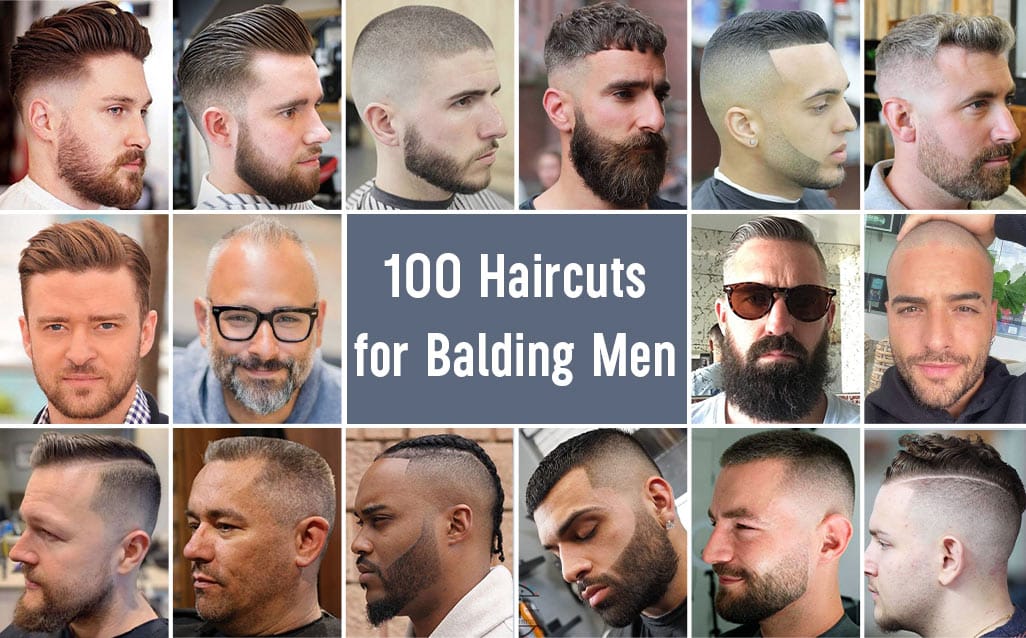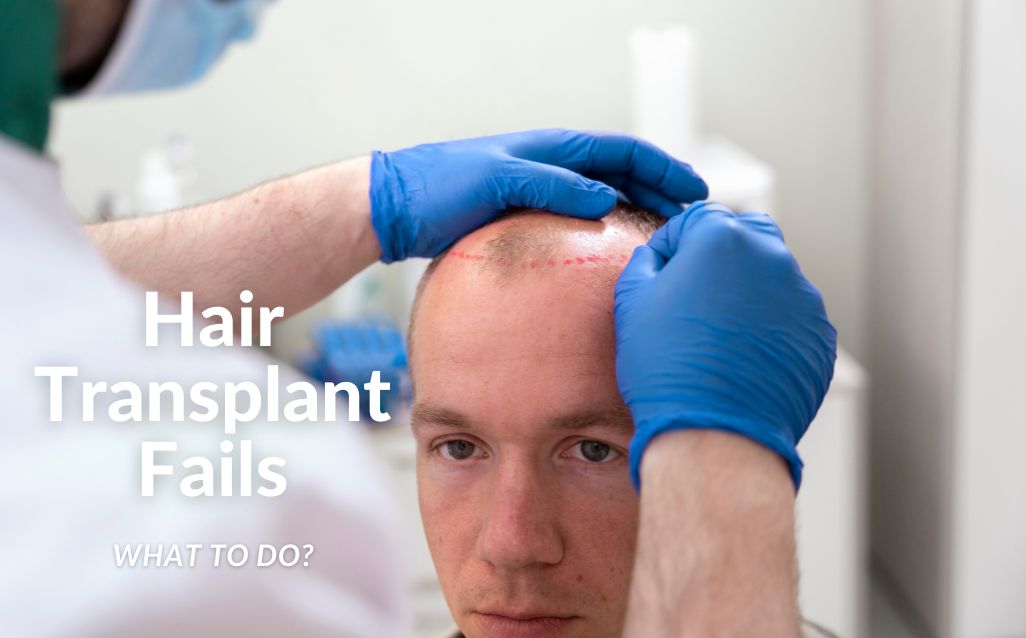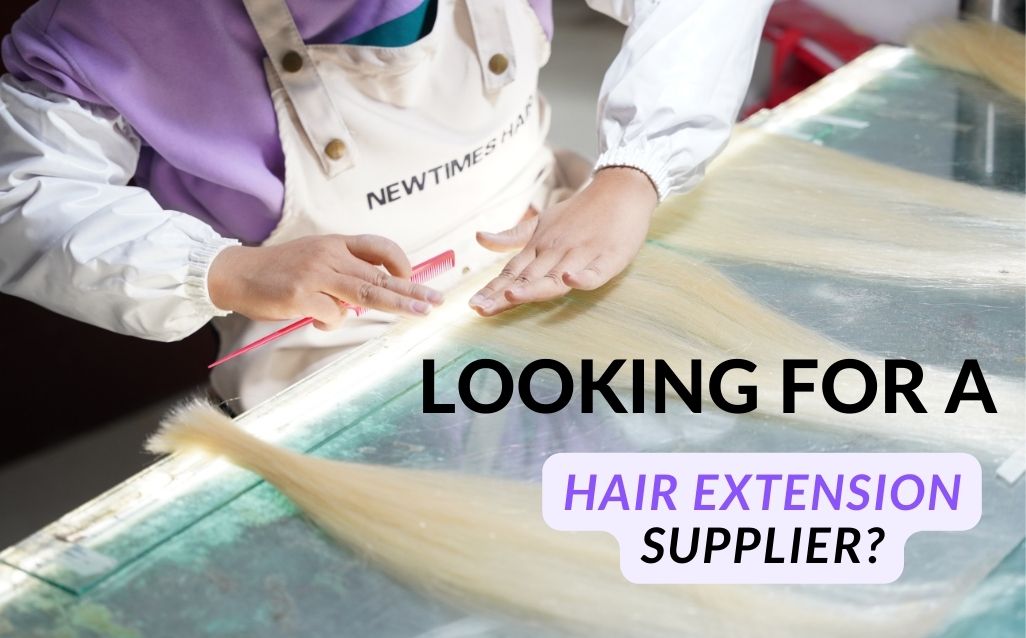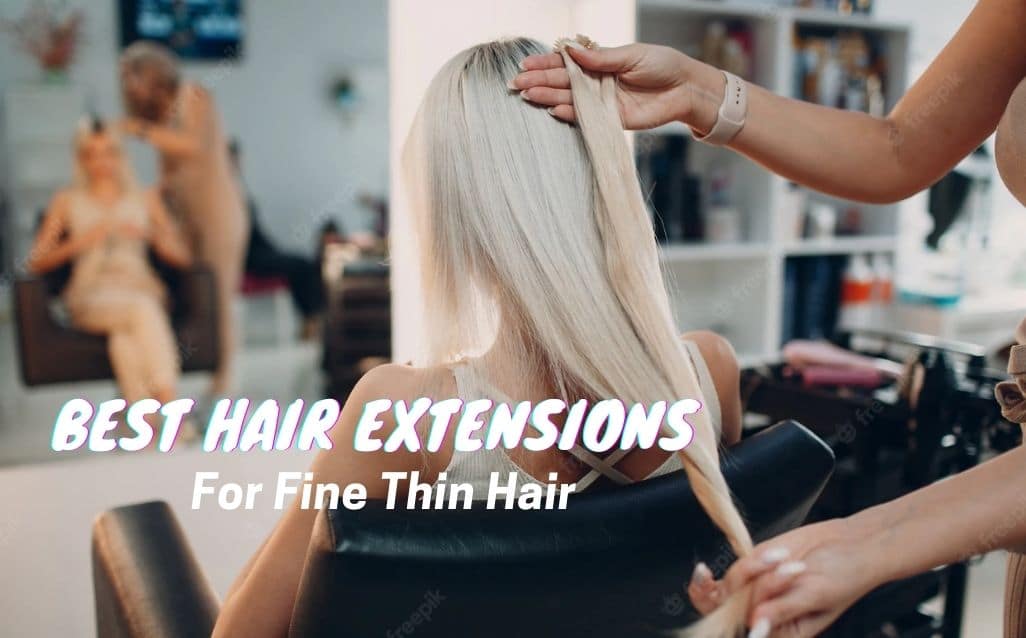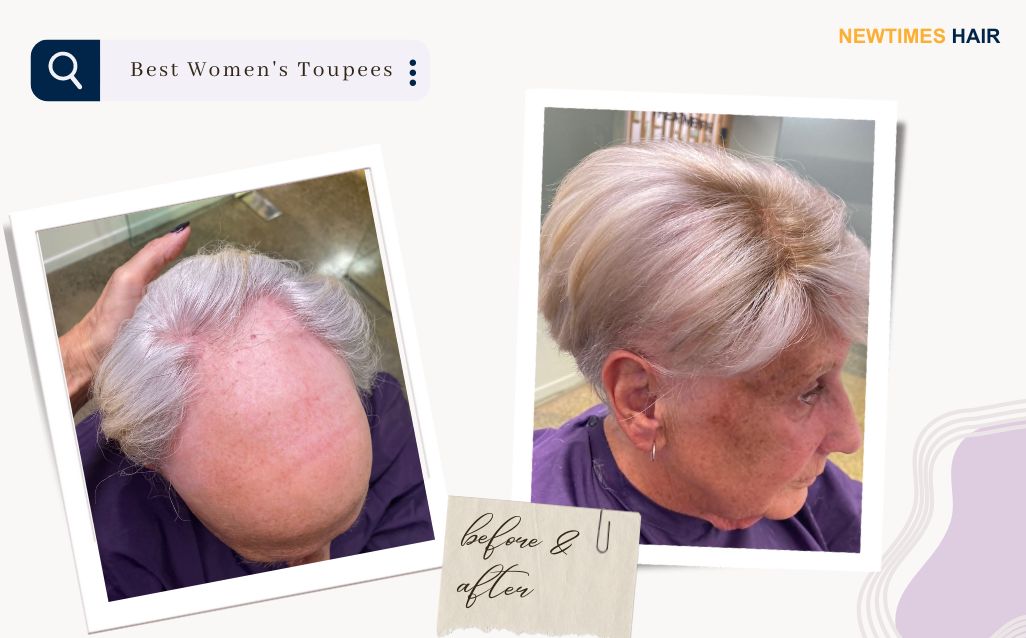From talking to our clients in the hair replacement system industry we have learned that hair curling has been a frustrating experience for many of them. You are not alone if your current or past vendor has produced wigs with wave curls that have failed to meet your expectations. There are usually two reasons why you have had problems finding a hair factory that makes natural hair curls to your satisfaction. The first is that your curl standards and your vender’s curls standards are not the same. Two factories may also both offer 2.5cm curls but they may have different curl standards and different curling techniques so the result will be different. So, you need to make sure you completely understand your vender’s curl standards and curl-making techniques. Secondly, a vendor may not have a fixed curl standard so no curl and wave for a given measurement will ever be the same.
We want you to be able to buy your hair systems from us in full confidence. Therefore, we will be transparent with you and share our hair curling technique so that there will be no surprises when you receive your order.
We should begin by saying that we will curl all hair to make a curl and wave of 3.6cm or less. (A measurement greater than this requires no curling which we will explain later in the blog.) Before we can begin curling the hair, we must first split the hair into several small wisps. We need to make sure that these wisps are small enough otherwise we will not be able to achieve the desired final curl.
Now, we twist the hair wisps around rollers. We use different-sized rollers for different-sized curls but whatever the size of the roller; we will use one hair wisp per roller. We must use the whole of the roller for this: we cannot twist the hair around just one part of the roller. We do not want the hair to overlap. If there is overlapping, the hair on the top of the roller will have bigger curls than the hair on the underside of the roller. We need the curls to be the same all over.
Once the twisting is done, we will put the rollers into a steam machine to complete the hair curling process. When we take it out the hair will still be shiny and bouncy.
Finally, we will measure the diameter of the curl with tape to make sure that it is the size it should be. Since dry hair is not an accurate indication of the real hair curl we will first have to wet the hair by spraying water on it.
For a 4.0cm curl, we just use the natural curl of the hair and refer to the hair as natural straight. However, natural straight hair differs across different types of hair. The natural curl of Chinese hair, for example, is very straight, and sometimes, it has almost no curl. Indian hair, on the other hand, has a natural curl that is usually very curly. It may even be curlier than 2.5cm. This means that if a client wants natural straight Indian hair, you should explain the nature of Indian hair to them and make sure that they are happy with the very natural curl of Indian hair. If the natural curl of Indian hair is too much for your clients and they would prefer something straighter, you should suggest Chinese hair. Alternatively, you could suggest silky straight, also known as permanent straight, which is hair that is straightened with an iron and chemical treatment. If the client insists on Indian hair with the natural straight effect of Chinese hair but does not want silky straight, then we can soften the hair with chemicals. It will straighten the hair but unlike silky straight, the hair cannot be curled at a later date.
With all that being said, there are still two final points about curly hair that you should be aware of.
1. If the client wants light-colored hair with small curls, you should do your best to dissuade them. Why? Because after small curls are added to light-colored hair, the hair quality will suffer and the hair will have no bounce.
2. Hair with small curls – just like people’s hair with small curls – needs to be taken care of much better. No matter how good the quality of the hair you use, it will become messy easily. For advice on how to take care of wig with small curls, you can read through our blog on how to maintain a curly hair system.
The fact is that curly hair is harder to make and harder to take care of than straight hair.
We hope you now have a full understanding of how we curl the hair of our hair replacement systems, how the natural hair curl differs from hair type to hair type and even how hair color can affect hair curls. We will be more than happy to provide you with further information if you have any other questions on hair curling so please feel free to email info@newtimeshair.com
